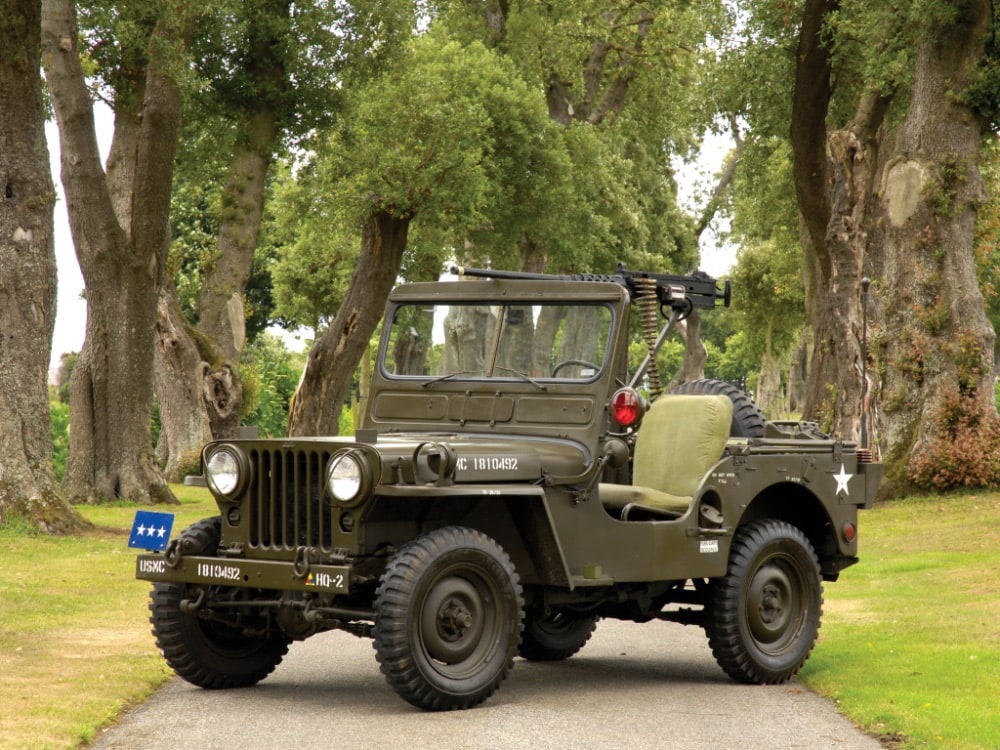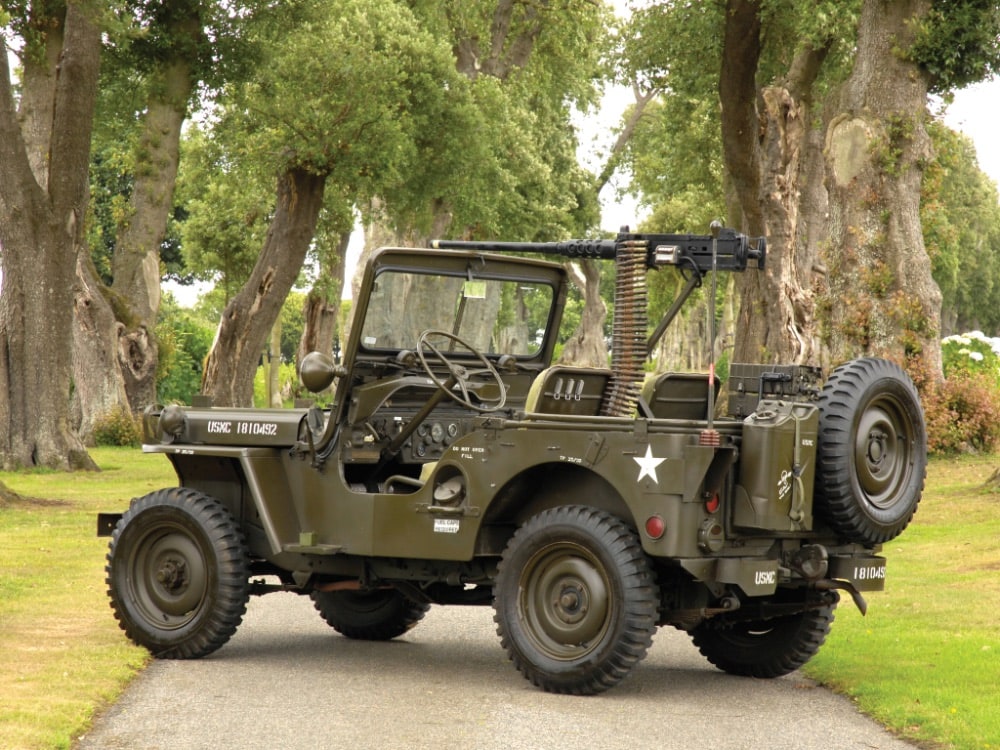The modern car industry is an exciting place. The most recent and significant change has been the introduction of electric vehicles, which will change the automotive landscape forever. However, even though battery-powered cars will change the mechanical aspect entirely, they still follow the forms and vehicle classes introduced decades ago.
That raises the question of what cars influenced the industry and what cars shaped the automotive world we live in today. Check out the most influential cars and models that helped shape the automobile world as we know it today.

Jeep Willys
Off-road vehicles were born out of necessity and the legendary Jeep Willys is the best example. Conceived just before World War II as a light military vehicle capable of going over any terrain, it was durable enough to withstand bullets and explosions and able to survive harsh conditions. It turned out to be one of the weapons that won the biggest war in history. Production on the original Jeep started in 1942 as the US entered the war. It ended in 1946 after more than 600,000 examples were built and exported to all parts of the world. Also called Willys MB or Ford GPW, it was a simple machine yet incredibly tough and dependable (via Jeep).

It was powered by a miniature 2.2-liter four-cylinder with 60 hp and used a simple four-wheel drive layout, an innovative concept for the 1940s. Despite being a military vehicle, the Jeep proved its worth after the war as an efficient machine that could be equipped to do numerous things. The unique concept of a rugged, compact, and extremely capable off-road machine evolved into the Jeep brand, the biggest producer of off-road vehicles and SUVs.
